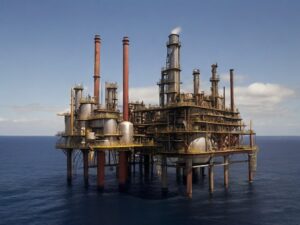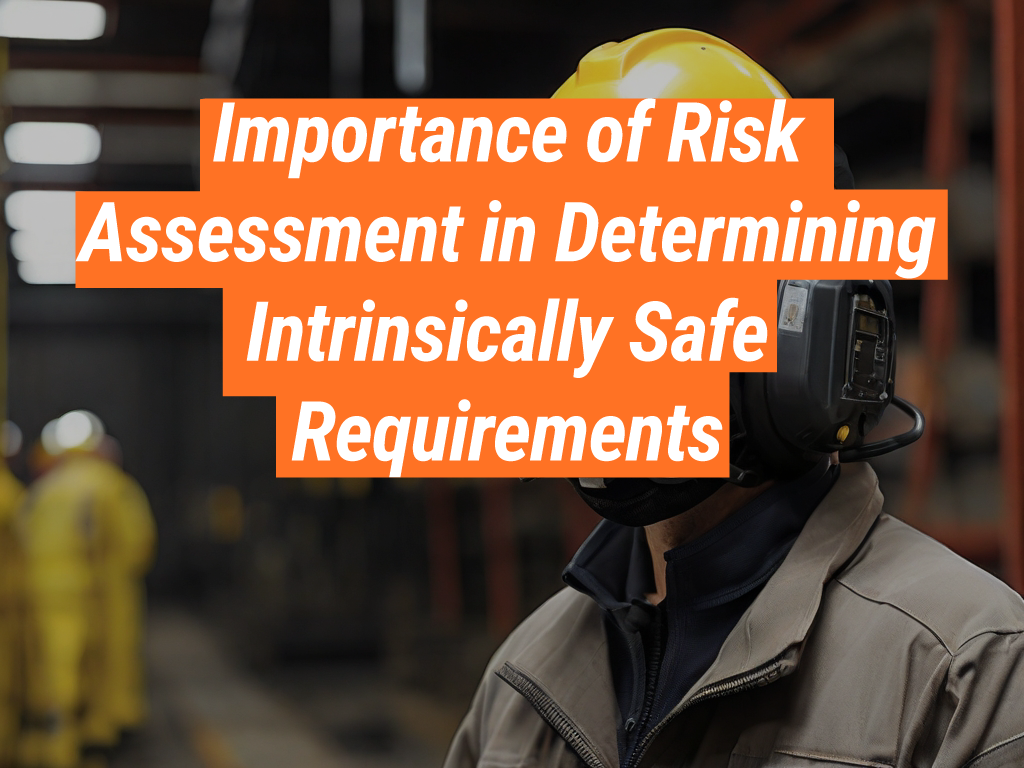When ensuring safety in hazardous environments, we cannot overstate the role of risk assessment in determining intrinsically safe requirements. This article, brought to you by the Intrinsically Safe Store, aims to shed light on the importance of this crucial process. We invite you to explore our website for a wide range of intrinsically safe products and solutions.
What is Intrinsic Safety?
Intrinsic safety refers to a protection technique for safe operation of electrical equipment in hazardous areas. This method reduces the energy available for ignition to levels below what’s required to ignite flammable gases or dust. It’s a proactive approach that prevents explosions from occurring, rather than trying to contain them after they occur.
The Role of Risk Assessment
Risk assessment is a systematic process of evaluating potential risks that may be involved in a projected activity or undertaking. In the context of intrinsic safety, it involves identifying potential hazards, assessing the likelihood of an incident, and implementing measures to mitigate these risks.
Identifying Potential Hazards
The first step in risk assessment is to identify potential hazards. This involves a thorough examination of the work environment, equipment, and processes to identify any elements that could potentially cause harm.
Assessing the Likelihood of an Incident
Once potential hazards have been identified, the next step is to assess the likelihood of an incident occurring. This involves considering factors such as the frequency of exposure to the hazard, the number of people exposed, and the severity of the potential outcome.
Implementing Measures to Mitigate Risks
The final step in risk assessment is to implement measures to mitigate the identified risks. This could involve changes to work processes, the use of personal protective equipment, or the implementation of intrinsically safe equipment.
Case Study: The Importance of Risk Assessment
 A case study that highlights the importance of risk assessment in determining intrinsically safe requirements is the Piper Alpha disaster. In 1988, an explosion and resulting oil fire on the Piper Alpha oil platform in the North Sea killed 167 workers. The subsequent investigation found that a major contributing factor to the disaster was a failure to properly assess and manage risks.
A case study that highlights the importance of risk assessment in determining intrinsically safe requirements is the Piper Alpha disaster. In 1988, an explosion and resulting oil fire on the Piper Alpha oil platform in the North Sea killed 167 workers. The subsequent investigation found that a major contributing factor to the disaster was a failure to properly assess and manage risks.
The Importance of Risk Assessment in Intrinsic Safety
In conclusion, risk assessment plays a crucial role in determining intrinsically safe requirements. It helps identify potential hazards, assess the likelihood of an incident, and implement measures to mitigate these risks. By doing so, it helps prevent disasters like the Piper Alpha incident and ensures the safety of workers in hazardous environments.
At the Intrinsically Safe Store, we understand the importance of risk assessment and intrinsic safety. We offer a wide range of intrinsically safe products and solutions to help you manage risks and ensure safety in your workplace. Contact us today to learn more about how we can help you.


























